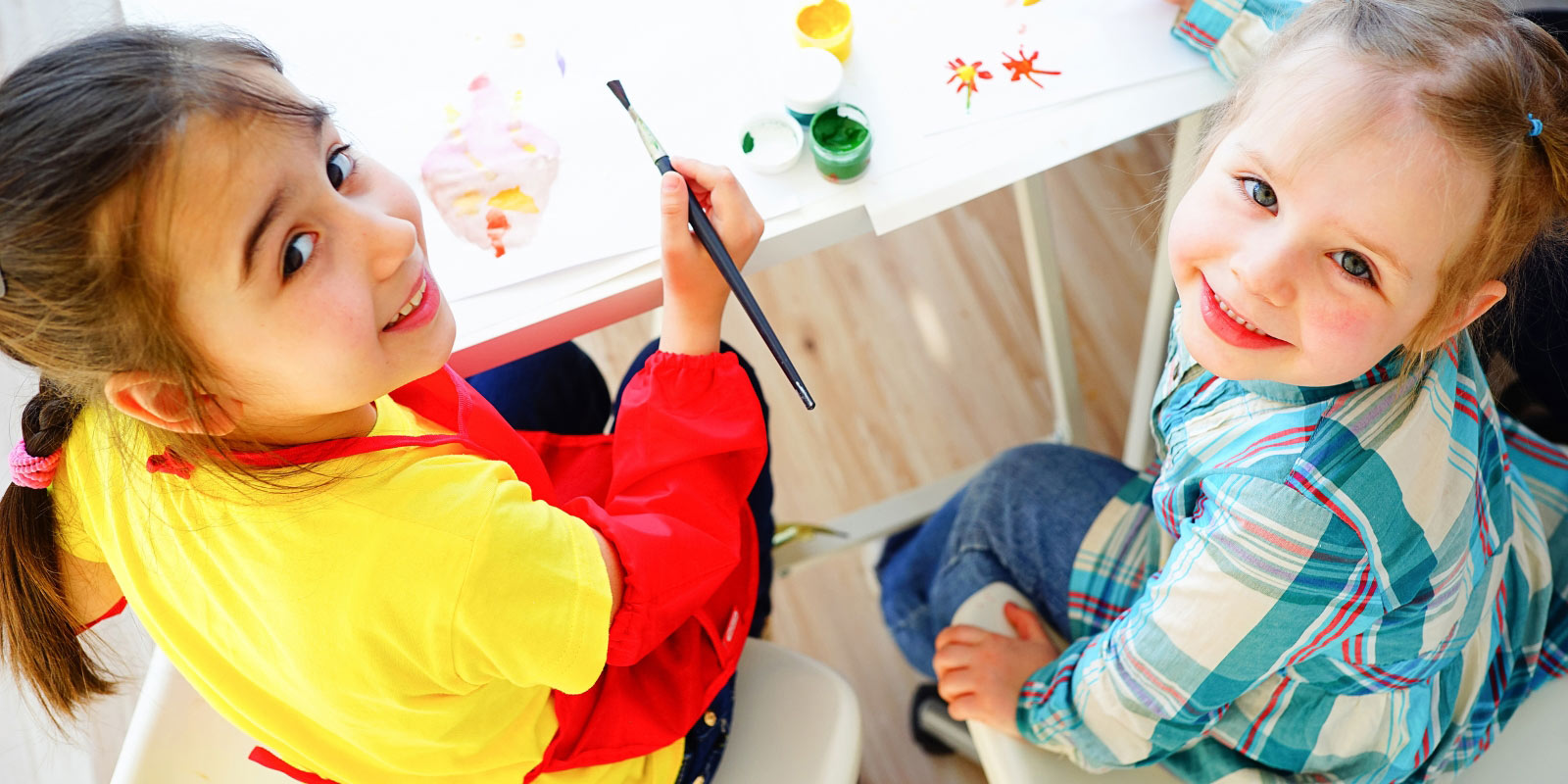While it is certainly true that no two students are alike, the same can be said for teachers! Every classroom has its own set of expect…

How do you stay up to date in your field? Our team of experts, authors, and specialists contribute regularly to our profession-specific blogs, keeping you informed of the latest industry trends, news, and innovations. Dive in below and check back often, as new content is added weekly.
While it is certainly true that no two students are alike, the same can be said for teachers! Every classroom has its own set of expect…
With the end of the Great Resignation, it may seem that employee retention is no longer a top problem for HR leaders. But in high-secur…
For educators and many families, the “real” new year comes in September. The start of a fresh school year brings a mixture of emotions …
Digital assessments have emerged as a powerful tool for measuring student learning and understanding. They promote equity through fair …
Hello everyone! I am Kristen Getz, the Product Owner (PO) of Q-interactive®. As the PO, my main role is to champion the customer’s need…
In many ways, the kindergarten experience builds the foundation for a child’s future success in school and in life. Unfortunately, as w…
As a speech-language pathologist (SLP), I work with children to overcome language and speech challenges, and I’ve been fortunate enough…
We’ve heard a lot over the past few years about the ongoing mental health crises affecting students and young people. Educators and all…






